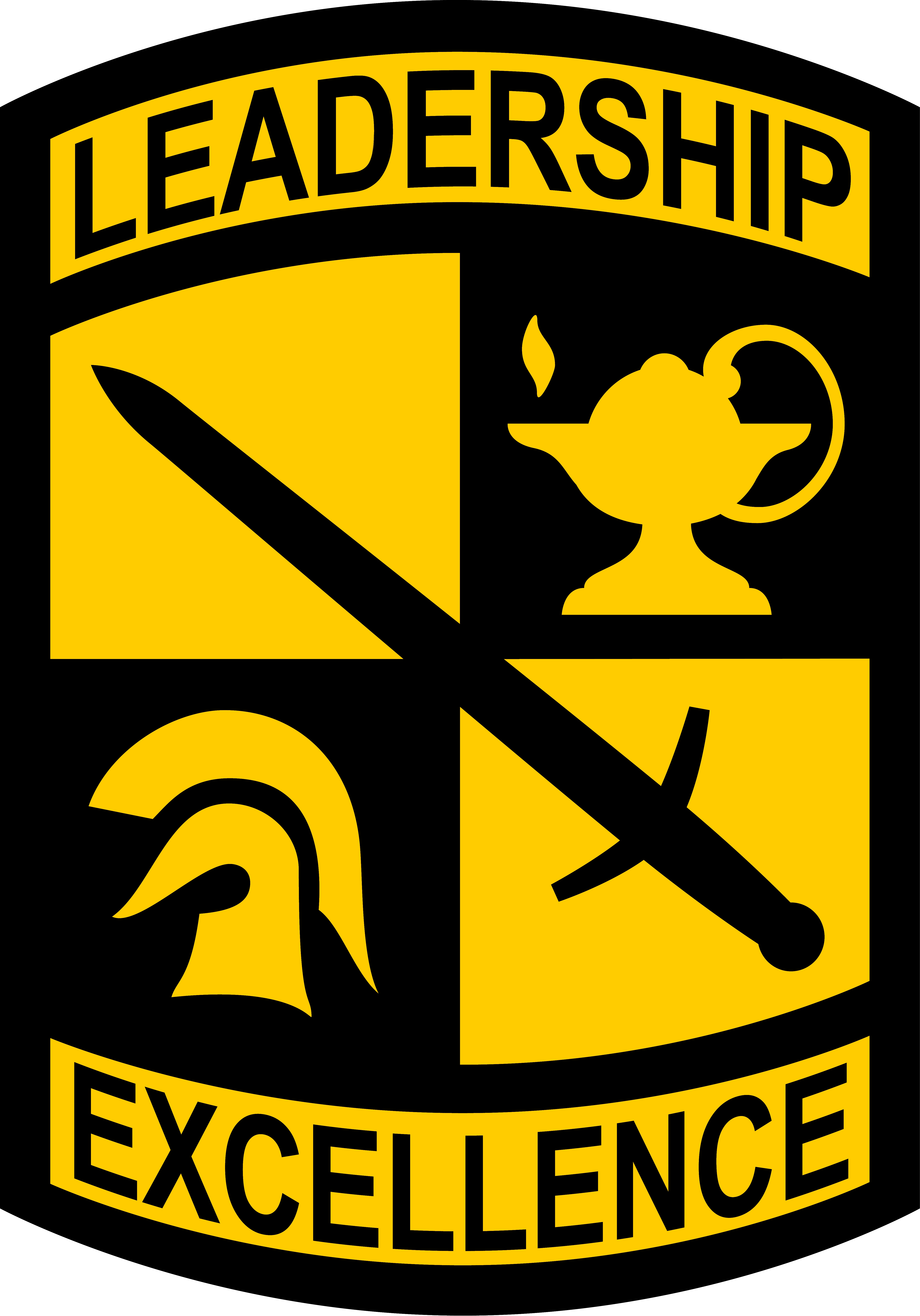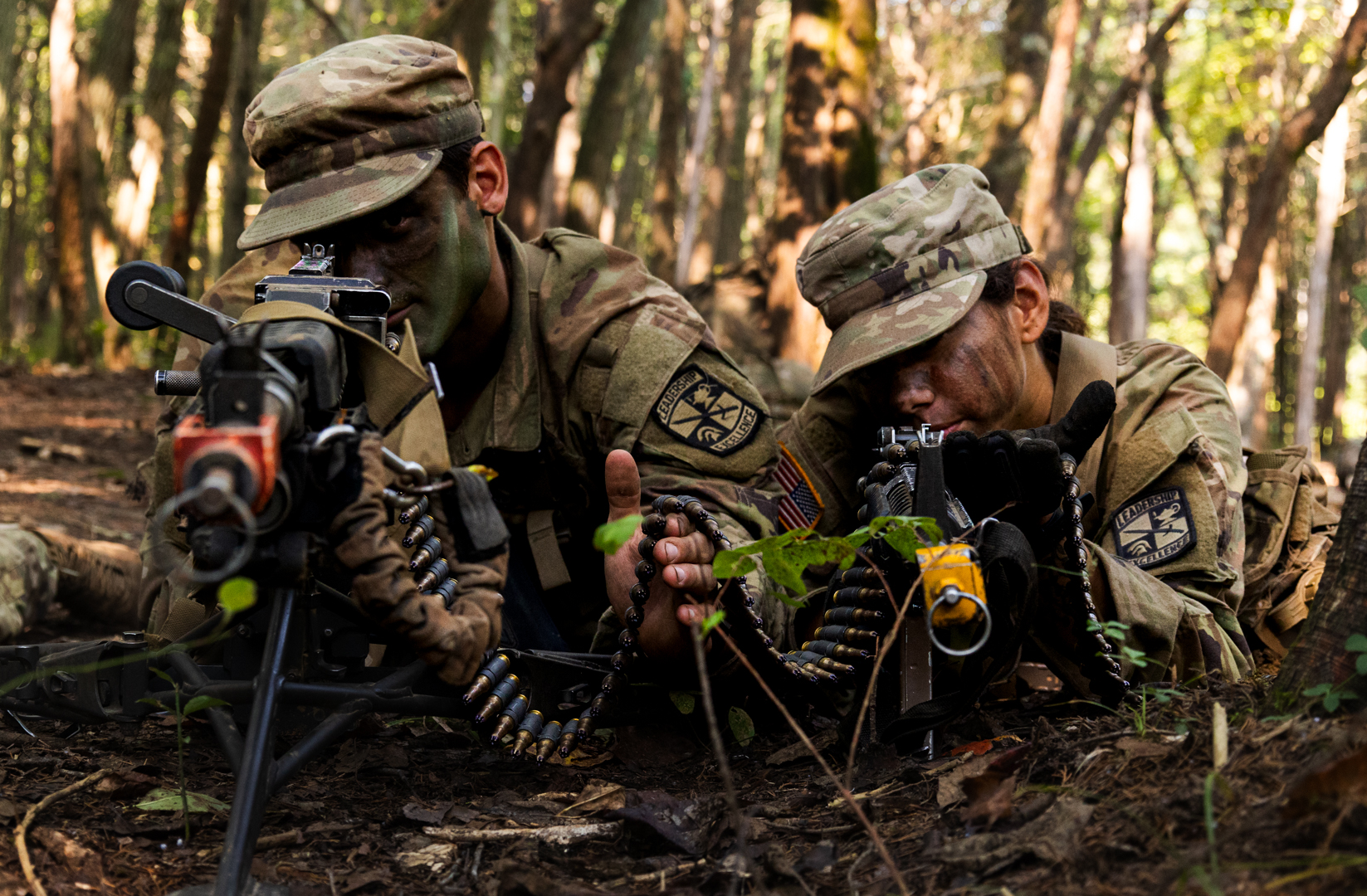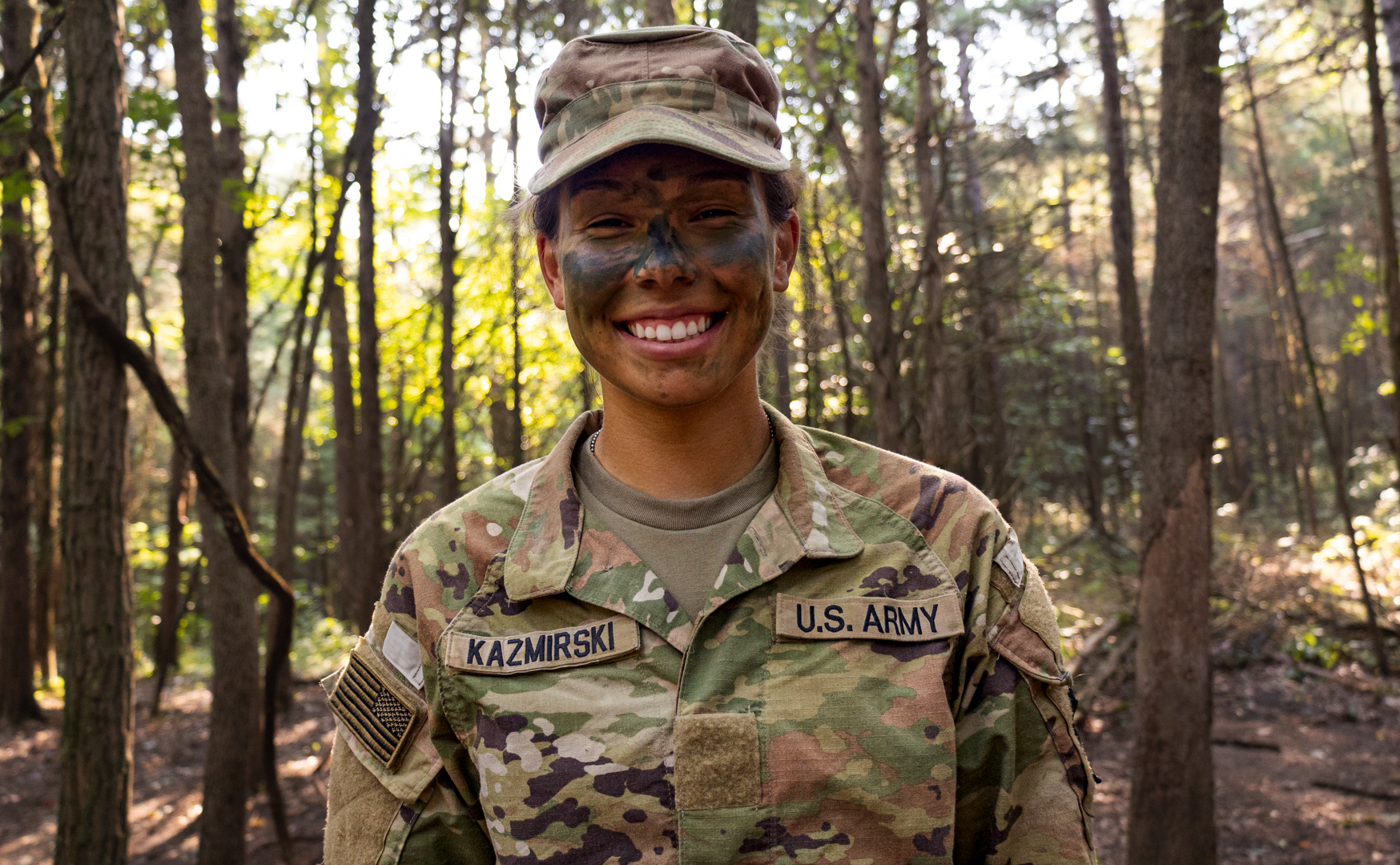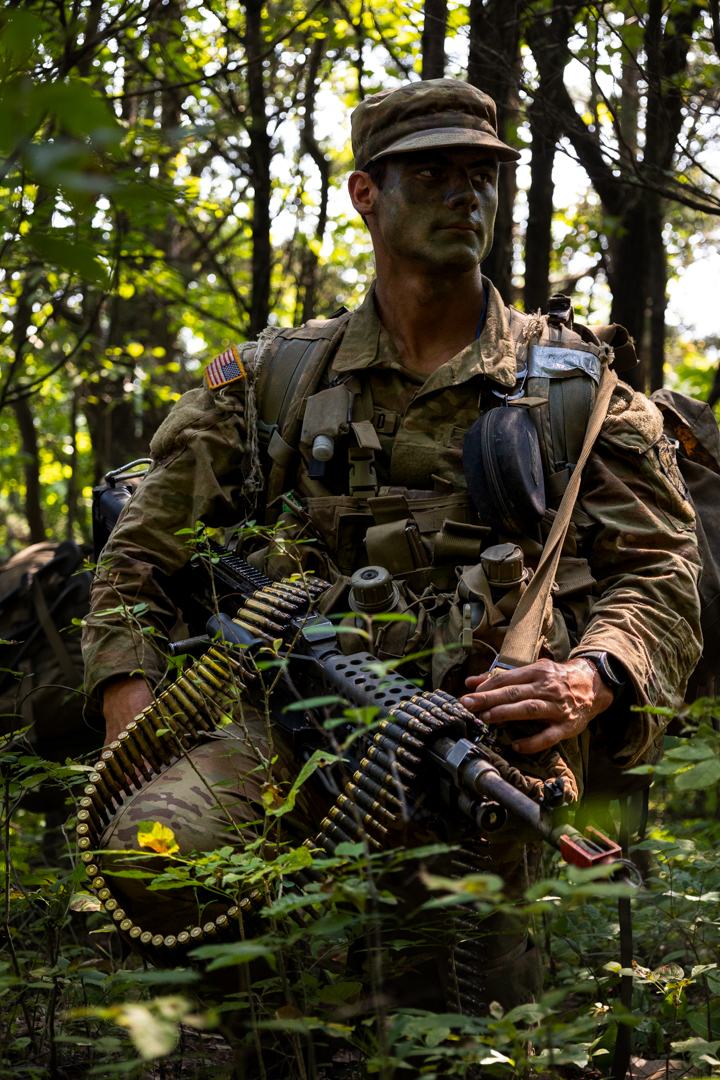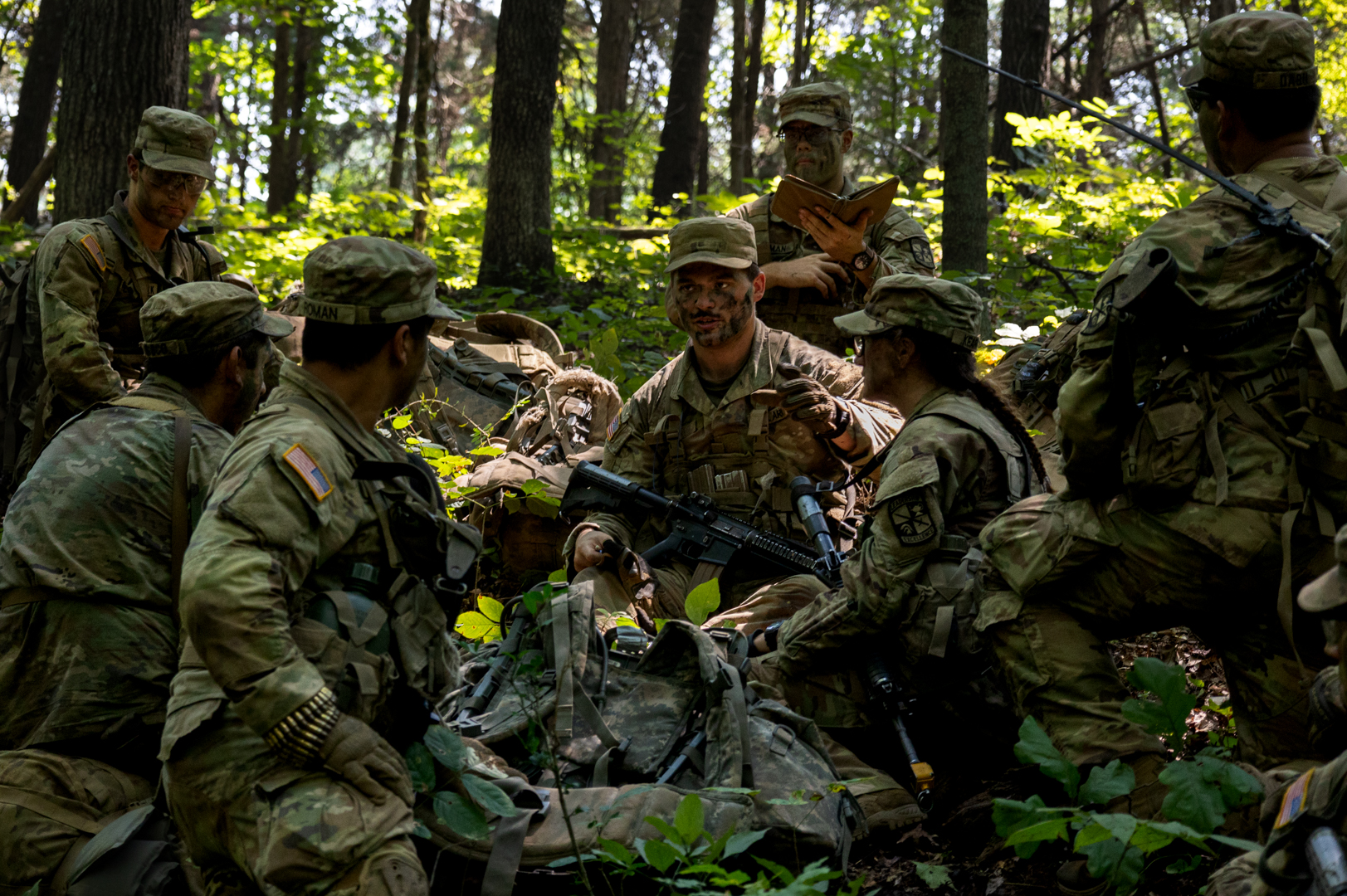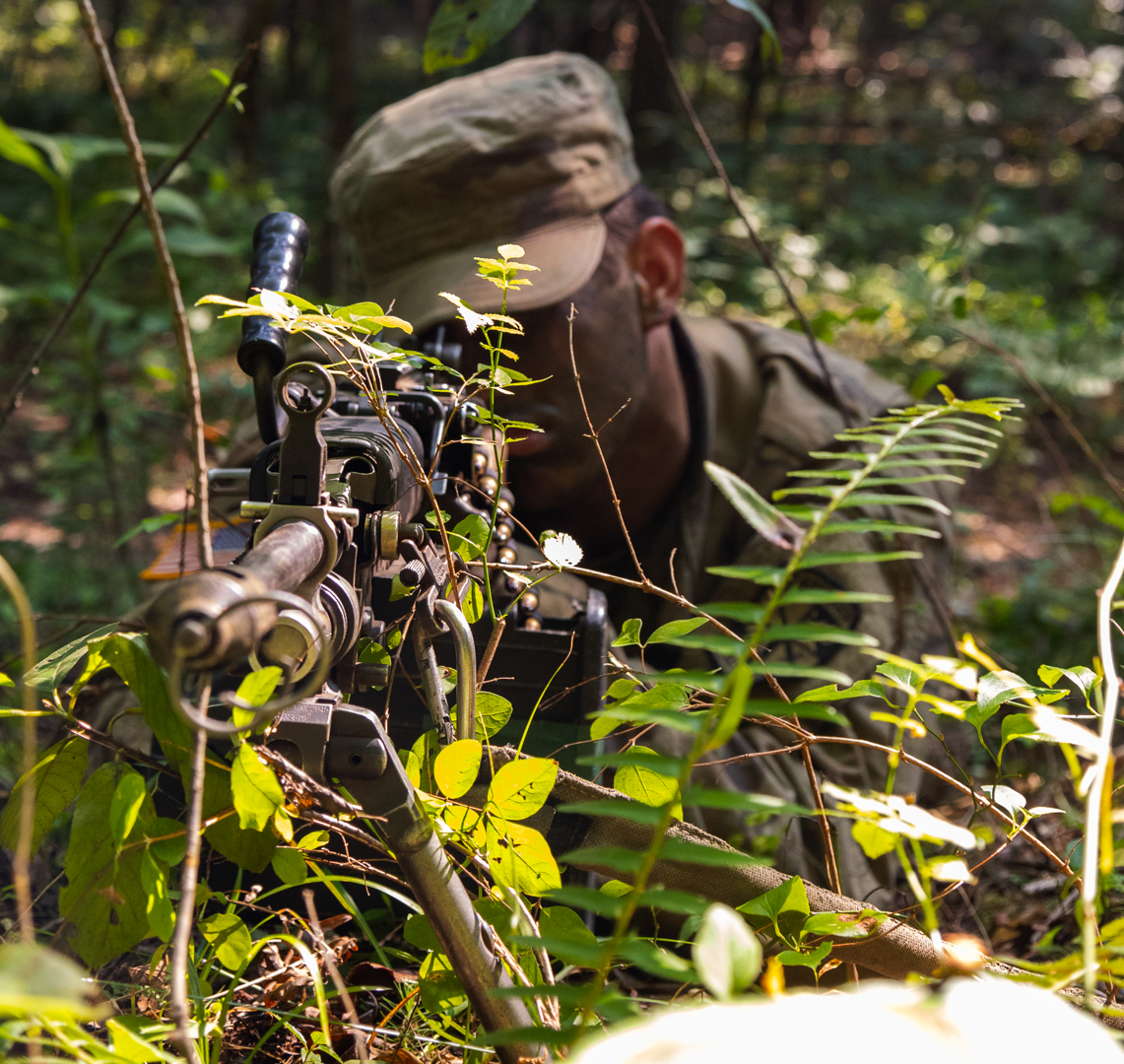Fort Knox, Ky. – Tougher terrain. Tougher enemies. Tougher missions. While Cadets are trained in a series of Field Training Exercises throughout their time at Cadet Summer Training, Cadets of 9th Regiment, Advanced Camp, are in the thick of Grizzly, the final and most challenging phase of their training, on Aug. 5, 2024.
“You have a rucksack on your back weighing roughly between 40 to 50 pounds and these hills in this Grizzly phase are pretty big,” said Cadet Justin Gonzales, University of Colorado Springs. “So I think that’s getting to some of the Cadets because they’ve never been through this type of terrain. And missions can get a little bit hard when you can’t see the enemy through the dense vegetation.”
FTX aims to teach Cadets how to work together in high-stress field environments. Cadre first bring them into the woods for Wolverine, the first phase of their training, where Cadets learn the basics.
“In our first phase, Wolverine, we weren’t really working as a team yet; everyone was kind of still being an individual,” said Cadet Marissa Kazmirski, Boise State University. “And as we progressed through each phase, we got better at knowing our roles in our teams and really bringing everything together. We’ve gotten a lot better at working as a team.”
Teamwork is an essential skill for Army soldiers. As these Cadets have learned through Wolverine, Panther, and now Grizzly, sometimes the only thing you can rely on is your battle buddies.
“Teamwork is so important because we have to really hold each other accountable when we’re conducting missions,” Kazmirski said. “Because in the real world, it’s life or death situations and you want to make sure that the person standing next to you has your back.”
Lying prone in the brush, guns at the ready, each Cadet has a part to play in the mission. Having trust in each other enables them to fully focus on the task at hand. No matter how challenging it may look, FTX teaches Cadets skills they can’t learn any other way.
“The purpose of FTX is to have Cadets learn to make decisions on the fly so they can figure out what they’d need to do in a hypothetical situation,” Gonzales said. “We’re learning leadership development, tactical development, and also just learning how to be a team player because in order to lead, you have to be able to follow as well.”
The skills and experience gained in previous training phases turn these Cadets into leaders who are part of a competent, functional team. Face paint applied in the humid Kentucky woods, these Cadets are ready to take the final step in their training.
“Out of Grizzly, I’m expecting everything to really come together, even though we’re facing tougher enemies and tougher missions,” Kazmirski said. “I think our team and all the work that we’ve done has really prepared us for what we’re facing today.”
